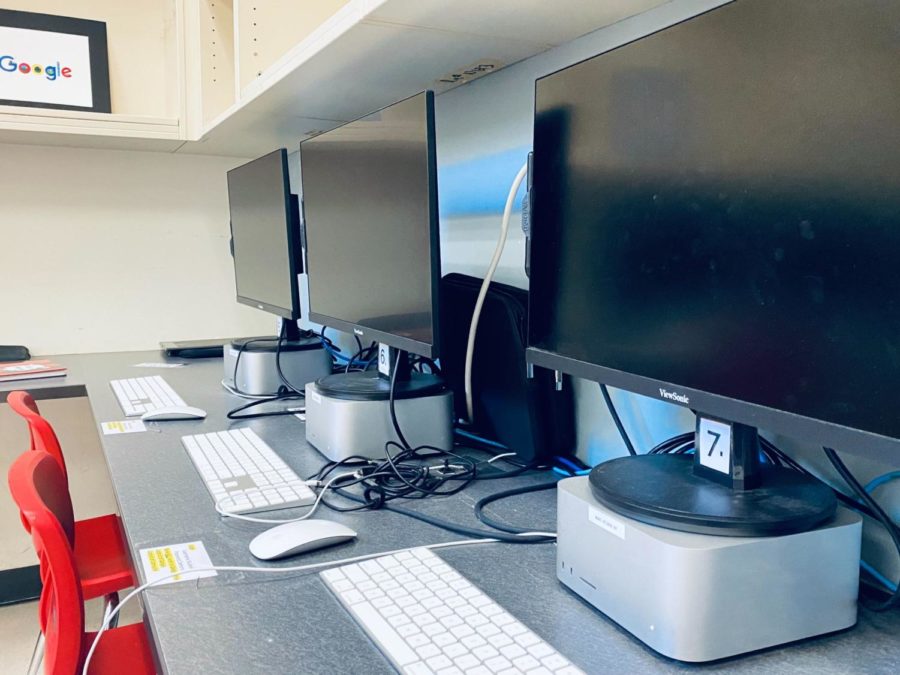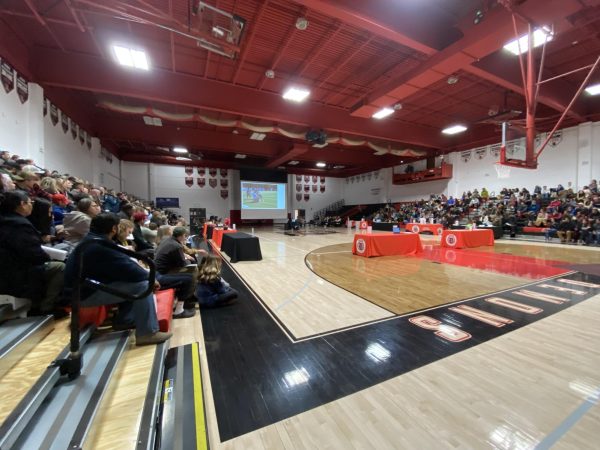How Artificial Intelligence is Revolutionizing the Future of the School Systems
Over the past few years technology’s limits have increased. From back in 1895 when Nikola Tesla invented the radio to now in 2023 where car companies are in the process of creating autonomous self-driving cars. During that time there were a variety of inventions that people could only dream of that people now use in their everyday life. For example, the invention of phones, computers, drones, and also artificial intelligence. AI has now begun to become very popular for students around the world to help complete different tasks.
What is artificial intelligence? Well Artificial Intelligence (AI) refers to the capability of machines to perform tasks that typically require human intelligence, including learning, problem-solving, reasoning, perception, and natural language processing. The origins of AI research can be traced back to the mid-twentieth century when scientists began exploring the potential of creating machines that could mimic human intelligence. One of the early examples of AI research was the Turing test, which was introduced by Alan Turing in 1950. The test involved a human evaluator interacting with a computer program and a human and attempting to distinguish between the two based on their responses. In subsequent decades, AI research has advanced and expanded significantly. Developments such as expert systems, machine learning, and neural networks have contributed to significant progress in the field. In recent years, the availability of big data and powerful computing resources has further accelerated progress in AI. Consequently, AI has a wide range of applications, including image and speech recognition, natural language processing, and can be used for autonomous vehicles.
Recently in the past decade, the use in laptops and computers have increased throughout the school system, especially after the COVID-19 pandemic where learning was put to online for around 2 years and classes were being attended throughout a chatting program called Zoom. But even before, students and teachers would use programs like Google Classroom where you assign work digitally and have the students complete the work digitally, decreasing the use of paper. But some students have found some ways to bypass this and find ways to make their work easier. From typing in math equations to a website to get the answer, to directly copying and pasting the question onto Google to get the answer. Although, schools have found ways to block websites on the student computers. Currently, there is a new program called ChatGBT, a AI website where you can type in a question and it will respond with a answer, Jordan Englehart who is the engineering teacher at Durango High School states, ”the current iterations of AI like ChatGBT is you can ask a question and get a human like responses and it can find the answer.” With this new technology, people are able to complete complex tasks with just a simple search. But how will this affect teaching and learning?
Maddison Phelps who is a Language Arts teacher at DHS includes, ”AI could affect learning because in classes like Language Arts, what we are trying to teach you is to learn and understand what is given to you, but with AI you won’t be able to understand the prompt.” Phelps was also asked if she was able to tell if a student was using AI programs for their writing assignments, she states,“ Currently, it is easy to know when someone is using something like AI because since it is very new, I know when my students are writing it and when they are using something else just by knowing and understanding how my students learn and write.” Phelps also indicates that, “Currently there is a website called Turnitin.com where students will submit their papers and in Turnitin there is an AI detector where the website detects if the paper was plagiarized or even was written by an AI source.” In Language Arts classes and even in writing, plagiarism is a big factor that you should avoid. Plagiarism can cause you to completely fail the assignment and even follow into suspension. Phelps adds, “…since ChatGBT…is very new, if two students type in the same writing prompt they both will most likely receive the same response and later will result in plagiarism.”
Now, there are major setbacks currently with AI and ChatGBT. In the future, students and teachers believe that AI will actually be a great help in learning. For example, Englehart claims, ”in normal computer iteration like with Google, you type in a question or statement and it will give you a list of different results that might fit that search. But with AI if you ask it a question you will immediately receive a direct response.” But even with this help, AI can still affect the learning process for students. Hunter Osborn who is a sophomore at Durango High School and also has an interest in computer science includes, “I talked to Mr. Hoerl, and we are trying to get it integrated into the school system next year so that students can use AI in a way that is beneficial to them with their school learning without pandering the frontal cortex of the brain, which is in charge of thought process and critical thinking.” Although currently AI has been used for finishing up writing assignments and to find answers without knowing how to get the answer, AI can be used for many different objectives and later even be helpful in the school system. AI should be treated like a learning tool instead of a way to cheat off of an assignment.









